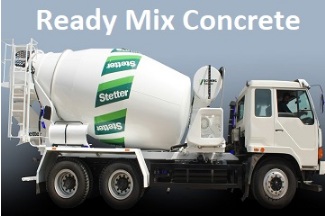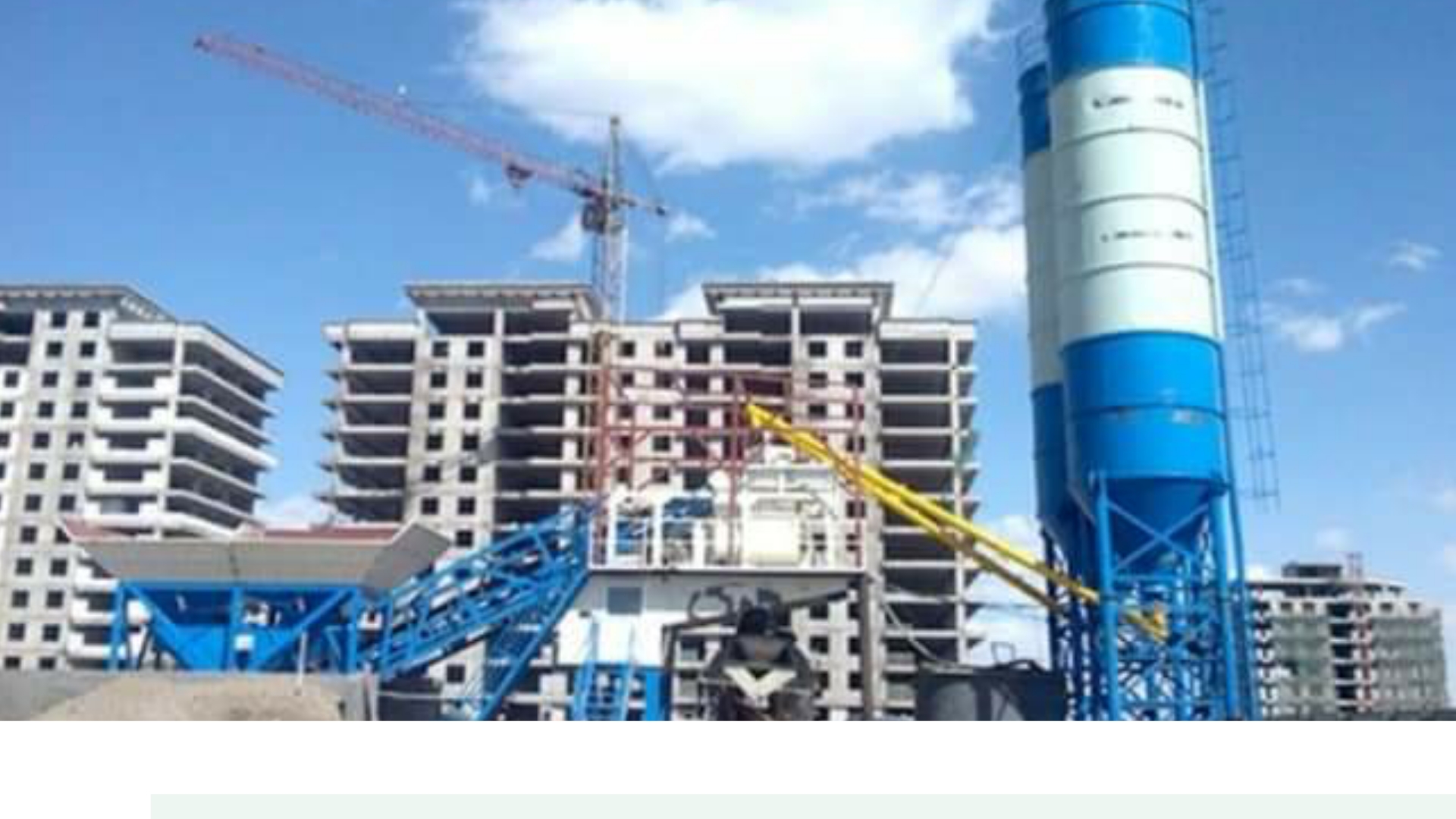Table of Contents
What Is Ready Mix Concrete?
In Ready Mix Concrete, all concrete ingredients like cement, aggregates, and water are batched in the batching plant and then transported to the construction site with the help of a transit mixer in the truck.

Concrete has a restricted lifespan between batching/mixing and curing. This means that ready-mixed concrete should be placed within 30 to 45 minutes of the batching process to hold slump and mix design specifications in the USA.
Ready Mix Concrete should be poured within 30 to 50 minutes as per specification for the United State Of America.
Reay Mix Concrete Production
Construction projects utilize batch plants to combine precise quantities of gravel, sand, water, and cement by weight according to a specific mix design formulated by structural engineers or architects.

Ready-mix concrete is a preferred material over others due to its cost-effectiveness and versatility in building, especially in large-scale projects like high-rise buildings and bridges. Its long lifespan also makes it a popular choice, with an average lifespan of 30 years under high traffic conditions, compared to the 10 to 12-year lifespan of asphalt concrete under similar traffic conditions.
Customers purchase ready-mixed concrete based on volume, measured in cubic meters or cubic yards in the US. The batching and mixing of concrete are done under controlled conditions, with the mix design specified by the customer based on factors like strength, ground conditions, and exposure.
The batching and mixing of concrete must be done under controlled conditions to maintain the desired mix design, and laboratory testing such as cube tests and field testing such as slump tests are used to verify the compressive strength and plasticity of the mix.
Admixtures can alter the performance of a concrete mix, but their use requires precision in dosing and mix design that is difficult without the equipment and laboratory support of a batching plant. Ready-mixed concrete must also be placed within a limited timeframe after batching and mixing to maintain slump and mix design specifications.
A variety of methods can be used to transport and place ready-mixed concrete on site, such as chute-fitted transit mixer trucks, dumper trucks, crane hoppers, truck-mounted conveyors, and wheelbarrows. Some concrete mixes are also suitable for pumping with a concrete pump.
Types Of Ready Mix Concrete
Normally there are three types of Ready Mix Concrete as follows:
1. Transit Mixed Concrete
2. Shrink Mixed Concrete
3. Central Mixed Concrete
1. Transit Mixed Concrete:
It is also known as dry-batched concrete due to all the basic materials like cement, water, aggregate mixed directly into the truck mixer
The mixer drum runs very fast at charging speed during the loading of the material. After loading the process mixer at normal speed.
In the Transit Mixed Concrete, there are three possible scenarios.
(I) Concrete Mixed at the construction site:
While ready-mix concrete is transported to the construction site, the mixer run at a low speed of 2 RPM, while when the concrete trucks reached the job site before discharging the material, it runs 12 to 16 RPM to mix all ingredients homogeneously.
(II) Concrete Mixed in transit:
In this method speed of the mixer was kept medium approx 8 RPM for 70-75 revolutions. After that mixer slows down to a very low speed of 2 RPM till discharging the concrete.
(III) Concrete mixed in the yard:
In this method, the mixer runs at a high speed of 12 to 15 RPM for about 50 revolutions. Then the mixer run at low speed during the transition
2. Shrink Mixed Concrete:
In this method, concrete is mixed partially in the plant mixer and the remaining mixing is done in the truck mixer. The quantity of mixed concrete in the transit mixer is based on the amount of mixing done in the batching plant mixer. All the required tests should be carried out to get a better idea about the requirement of mixing in the transit mixer.
3. Central Mixed Concrete:
In this method, concrete is mixed in the central mixing plant where the concrete is completely mixed in the plant and then load into the truck mixer. The truck mixer is only used for agitating purposes only. This method is used when the required workability of concrete is low.
Advantages Of Ready Mix Concrete
- Better quality control due to various testing in the plant laboratory which is not possible on the construction site.
- Good for small construction projects who can not install a batching plant on the site.
- Can get desired concrete quality as per customer requirement.
- Material wastage is very low.
- Proper material mixing to get homogeneous concrete.
- Better handling and placing of concrete.
- 10 to 15% saving of cement.
- Less requirement of labor.
- No need to store concrete ingredients on the construction site.
Disadvantages Of Ready Mix Concrete
- If the construction site is far away from the batching plant then workability reduces. To prevent this problem there is a need for extra water or mixing of admixture.
- Every time concrete delivers on-site there is a need for a slump test to maintain workability.
- Unexpected traffic in the way can create lots of problems that may require additional admixture to delay the setting time of concrete.
- Formwork should ready before the arrival of concrete on the site.
Uses Of Ready Mix Concrete
1. Foundations and footings:
Ready-mix concrete is often used to create the foundation and footings of buildings. It provides a strong and durable base that can support the weight of the structure.
2. Beams and columns:
RMC is used to build beams and columns in various construction projects. It can be used to create load-bearing walls, retaining walls, and decorative walls.
3. Slabs and floors:
Ready-mix concrete can be poured to create slabs and floors in buildings. It is often used in commercial and industrial construction projects, such as warehouses and factories.
4. Pavements and sidewalks:
RMC is commonly used in the construction of pavements, sidewalks, and other outdoor structures. It provides a durable surface that can withstand heavy foot and vehicular traffic.
5. Bridges and tunnels:
Ready-mix concrete is used to construct bridges, tunnels, and other large-scale infrastructure projects. It is an essential building material in the construction of roads, highways, and other transportation systems.
6. Precast elements:
RMC is often used to create precast elements, such as beams, columns, and panels. These precast elements can be transported to the construction site and assembled quickly, saving time and money.
7. Decorative finishes:
Ready-mix concrete can be colored and stamped to create decorative finishes on walls, floors, and other surfaces. It is a popular choice for decorative concrete projects, such as patios, driveways, and pool decks.
